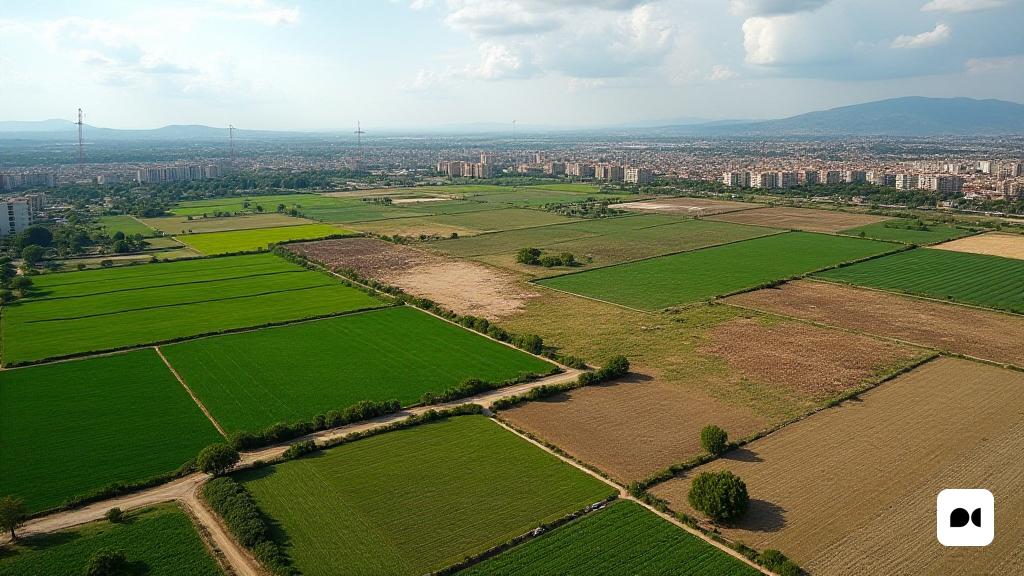A controversial turn in the legislation
The government of the Valencian Community, led by Carlos Mazón, has made a decision that has aroused controversy in the urban and environmental fields. In a recent session in Les Corts, PP and Vox passed a decree law that modifies the previous regulations, now allowing construction in wide areas of agricultural land that were so far protected.
Unprotected land: Who benefits from it?
With the new law, a total of 3,800 hectares has ceased to have the protection they had previously. This surface, equivalent to a third of the protected vegetable garden, extends through municipalities such as Picanya, Paiporta, Torrent and Catarroja, as well as in various locations in the Horta Nord. According to reports, many of these lands are owned by large promoters and financial institutions, including the subsidiary of Mercadona and Sareb.
History of abandonment and redevelopment
After the 2008 real estate crisis, several urban projects that intended to transform the orchard failed, leaving many land in a state of abandonment. Activists such as Marc Ferri, of the Association for Horta, say that the modification of the law rewards those who have left these lands in disuse, while facilitating access to large companies in the sector.
A protection that is now dismantled
The law of 2018 had established that these hectares were non -urbanizable land with a degree of degree 3, which sought to preserve the agricultural aspect of the orchard. Now, with the new decree, the door opens to the construction of infrastructure that could seriously harm the agricultural activity.
The impact of the new regulations on the future of the orchard
With the recently passed law, residential buildings and other facilities can be built on previously protected land. This flexibility results in a greater opportunity for tourist and leisure projects, which could displace traditional agricultural activity.
A threat to local farming
Agricultors in the area, such as Ferri, warn that the increase in tourist constructions can result in a significant loss of space for agriculture. The fragmentation of the agricultural lands, together with the increase in tourist uses, could cause agriculture to become unsustainable in these areas.
Reactions of the community and experts
Experts in Urbanism and Ecology have expressed concern about new government measures. Architect Andrea Ariza said that these actions could compromise the environmental safety and quality of life of citizens, as the increase in cement instead of vegetation could unravel flood problems.
The future of the Horta: an open debate
The recent reform not only modifies the protection of the vegetable garden, but also eliminates governance bodies such as the Horta Council, which could reduce citizen participation in decision -making. As discussions about the future of this agricultural area deepen, it remains to see how the situation will develop and what actions will take both the Government and civil society to protect this rich agricultural heritage.

